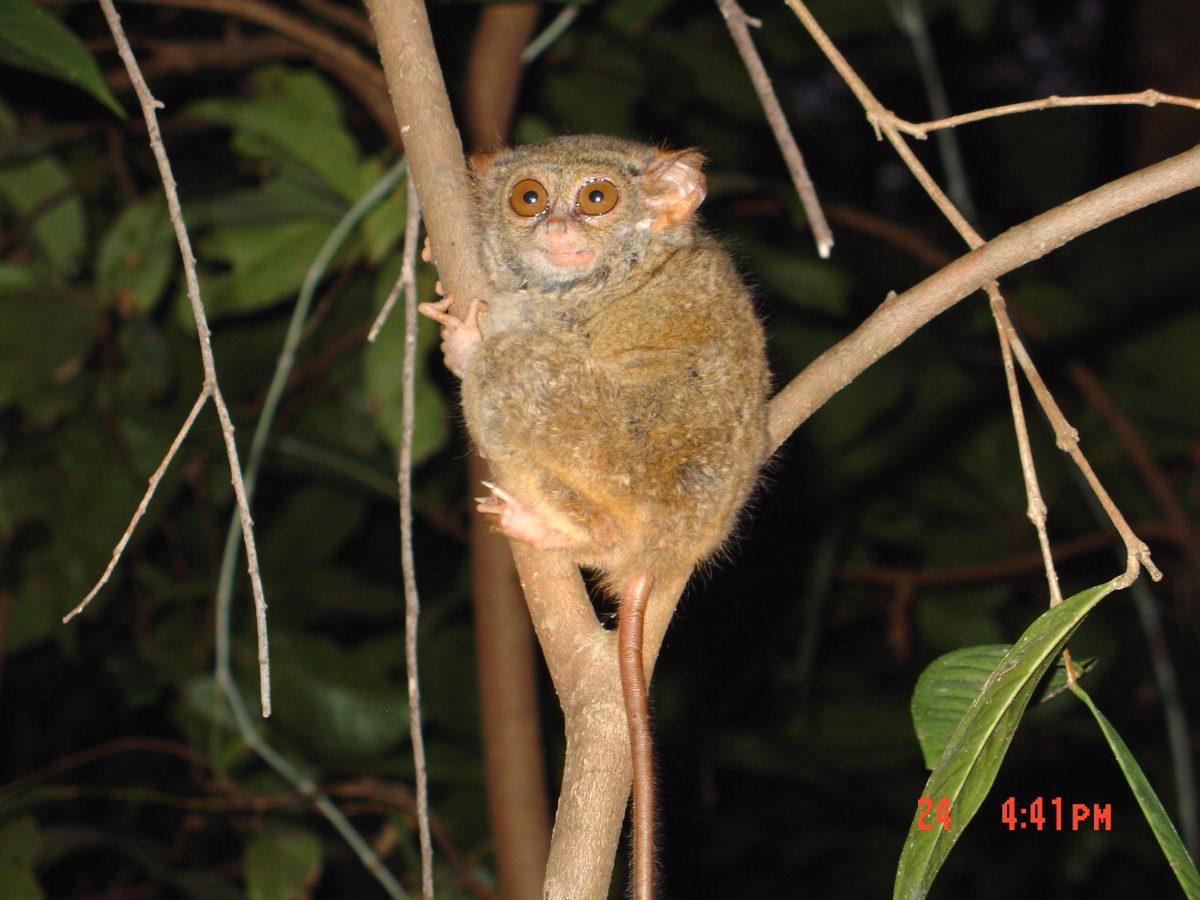After several years of research, a new species of primate, the Tarsius spectrumgurskyae, also known as the Gursky’s spectral tarsier, was discovered. Due to her years of dedication to the study of the tarsius genus as a whole, the newly found species was named in part after Texas A&M anthropology professor Sharon Gusky.
Gursky first began studying the tarsius during her undergraduate years at Hartwick College in New York. During this time, she interned at the Duke University Primate Center and a tarsier being held in captivity died. She said this troubled her, which caused the director of the program to inform her that tarsiers have been dying for years in captivity and urged her to study them in their natural habitat.
According to Gursky, tarsius are currently only found in Indonesia, Thailand and in parts of Malaysia and are the the only fully carnivore primate in the world.
The new species brings a bevy of interest to the study of primatology, and interested students such as Cody Moser, biological anthropology graduate student.
“[Gursky’s tarsius] shows a lot more biological variation in a group that was previously thought to not be very variable,” Moser said. “One of the problems with tarsiers is within the greater theme of primatology, they’re often just looped into one category … but it’s becoming apparent that our picture of tarsier diversity is wrong.”
Moser added that the tarsier in general is a fascinating animal, and that newly discovered diversity among them is exciting.
“There is nothing else like it in the world,” Moser said. “They have this mismatch of traits that you really don’t see in any kind of animal.”
Nanda Grow, biological anthropology professor at Utah State University, has been to the field with Gursky for many years. In 2008, while doing research alongside with Gursky, they first both stumbled upon the Pygmy tarsiers. Grow said that the experience was unique to observe.
“It was super exciting for me because people have been looking for them for a long time, but no one has been able to observe them,” Grow said.
Observing the tarsius species is not an easy task, according to Gursky. Tarsius live up on top of mountains, so everything that they needed Gurky and Growe needed for their research, they had to carry up themselves. During the observations the weather was a huge factor, due to Gurky and her team being in a subtropical climate with low cloud cover. Gursky said that due to the low altitude of the clouds, it was constantly raining on the mountain.
When it comes to seeing tarsiers, Gursky’s observations would always be at night due to the fact that tarsiers are nocturnal animals. These observations were often troublesome, according to Gursky, because tarsius do not have any tapetum lucidum, a layer of the eye that allows animals to see at night, so it was harder to find them.
A huge concern when it comes to the survival of the tarsier species is habitat deconstruction. Gursky’s concern about the habitat deconstruction is the failure to keep the species alive in captivity.
According to Moser, we would not know half of what we know about tarsier behavior without Gursky’s work. Gursky is currently writing a grant proposal to study the use of ultrasonic vocalizations to study tarsier functions. This relates to one of her hypotheses, the use of vocalizations for echolocation. Gursky said that studying this is exciting, because tarsiers are the only other terrestrial mammals aside from bats that are known to use echolocation.
New species of primate named after Texas A&M professor
September 19, 2017
Photo by Courtesy of Sharon Gursky
This new species of primate was named after Texas A&M professor Sharon Gursky to honor her many years of research in the field of primatology.
Donate to The Battalion
Your donation will support the student journalists of Texas A&M University - College Station. Your contribution will allow us to purchase equipment and cover our annual website hosting costs.























